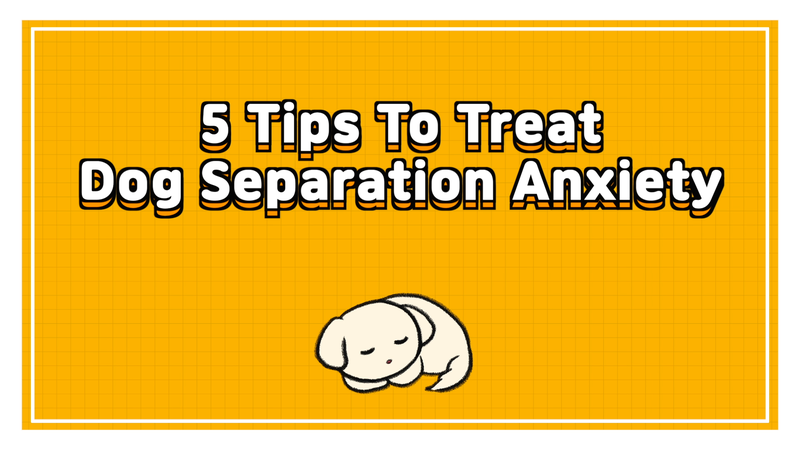
Separation anxiety in dogs means that dogs are extremely attached and dependent on their guardians, resulting in excessive stress when left alone.
Symptoms of Separation Anxiety

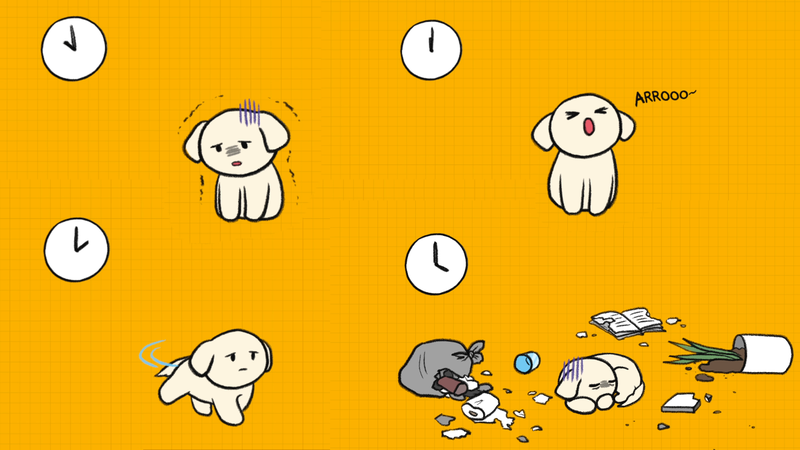
When dogs have separation anxiety, they might urinate, defecate, whine, bark, howl, dig holes, scratch doors, drool, circle, and destroy things.
Causes of Separation Anxiety
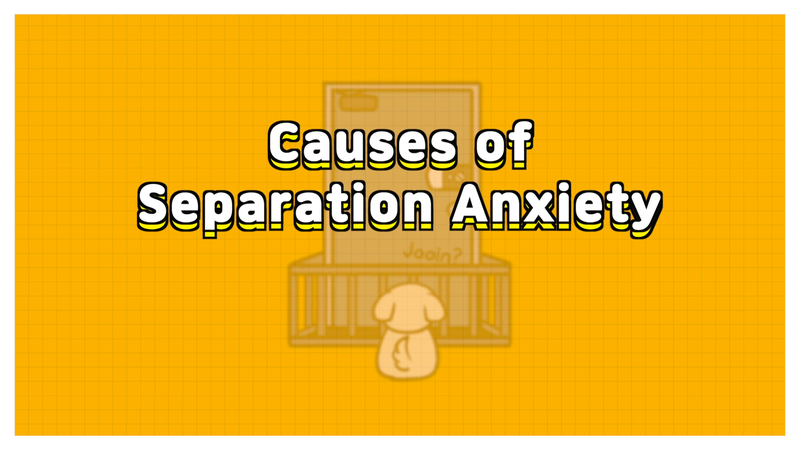
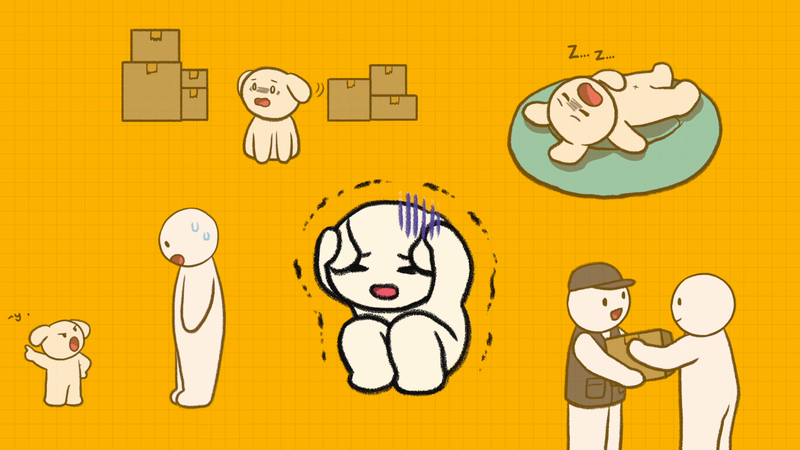
There is no scientific study of what exactly causes separation anxiety, but behavior consultants believe there are several triggers. For example, changes in family's daily routine or family members, moving, trauma from abuse and a lack of social skills.
Diagnosis of Separation Anxiety
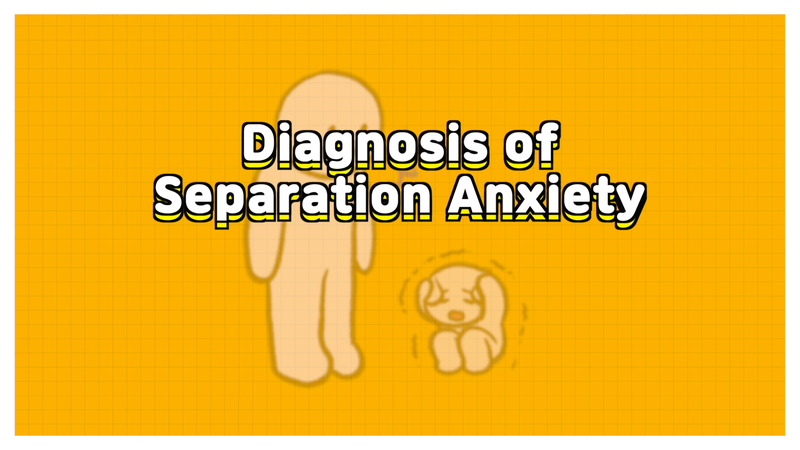
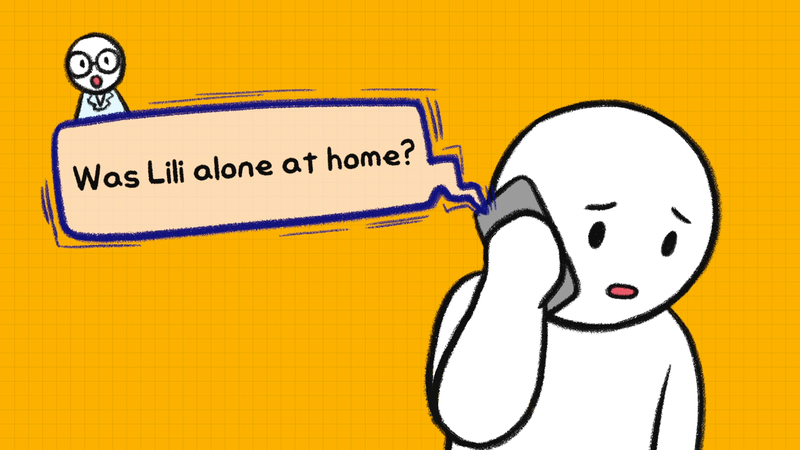
Meanwhile, the symptoms may appear due to a disease rather than separation anxiety. If your dog shows the previously-mentioned behaviors only when left alone, it is most likely she has separation anxiety, but if you are at home and she still shows these behaviors, then she may be sick.
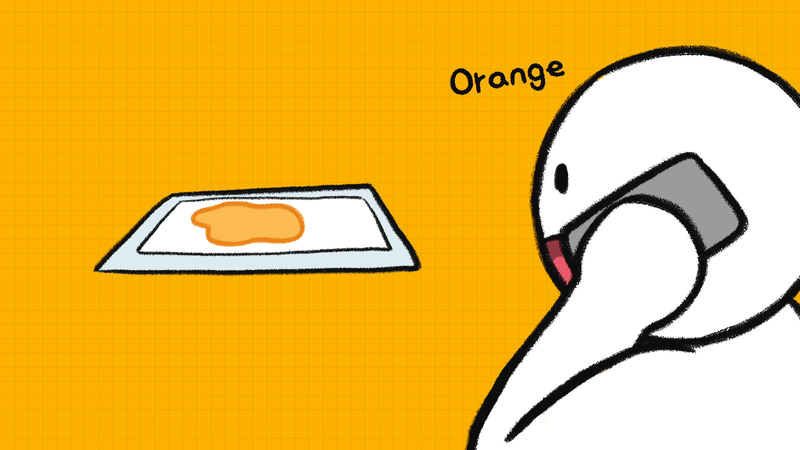
In this case, take her to a vet for health checkups such as blood and urine tests.
5 Tips To Treat Dog Separation Anxiety
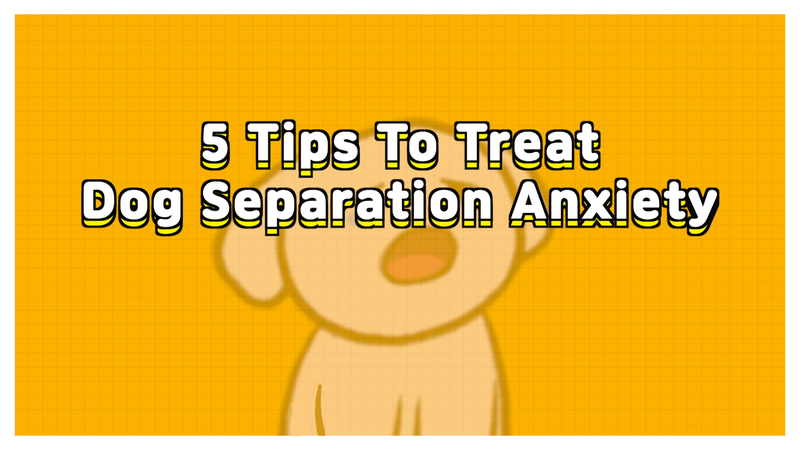
Dogs can overcome separation anxiety through behavioral training, but in severe cases, a vet may prescribe medications such as anti-anxiety drugs and antidepressants.
No 1. Training

If your dog has severe separation anxiety, train your dog according to expert advice. Also, be patient and train her consistently.
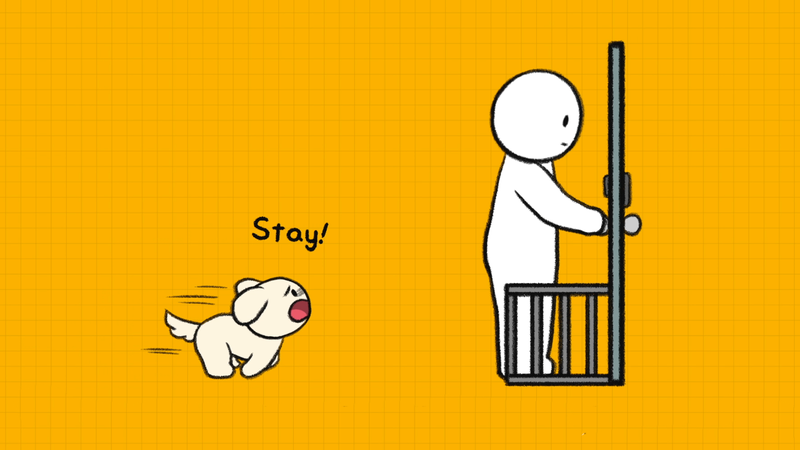
1)While you are at home, repeat the actions you do when you go out. For example put your shoes on or pick up your keys
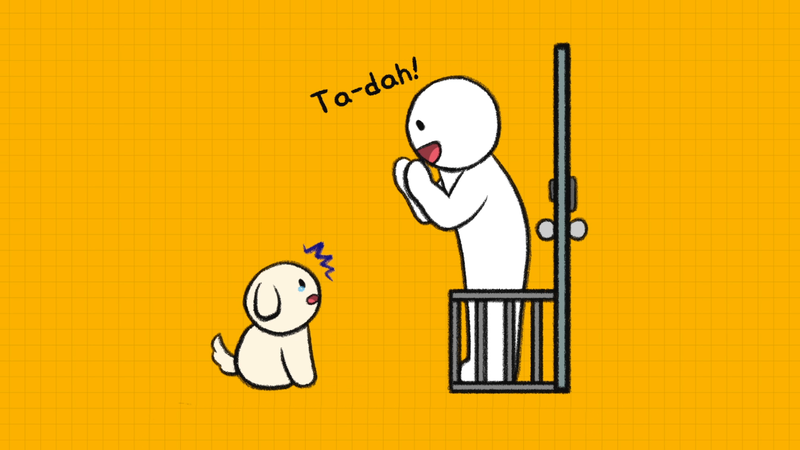
2) Gradually increase time out of home to prevent your dog from getting upset.

3) If she is too excited, calm her down by rewarding her with a compliment or a treat.
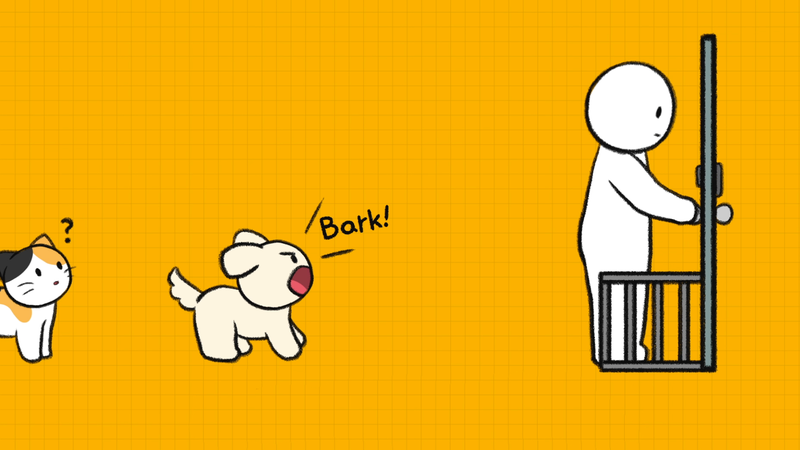
4) Ignore her when she is aggressive.
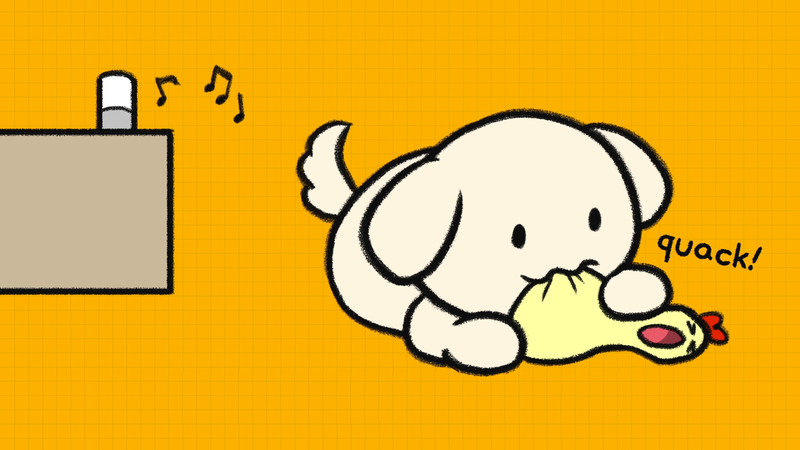
5) Play healing music or provide nosework toys when leaving home.
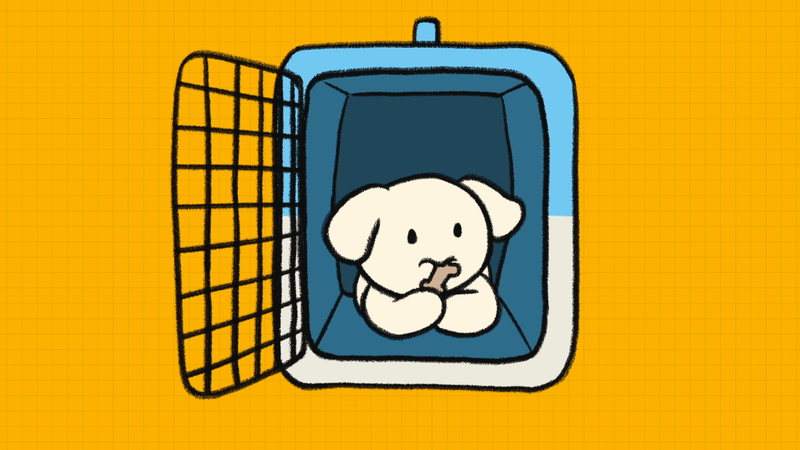
6) Place a kennel as dogs often feel comfortable in closed spaces.
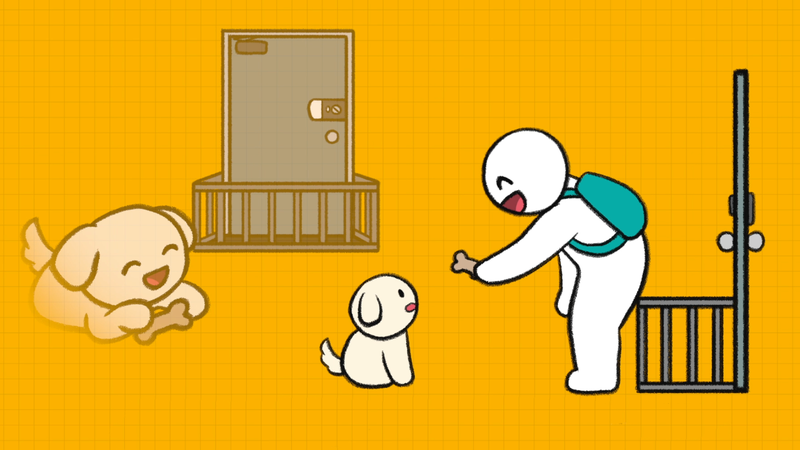
7) If you don't usually give toys or snacks unless you leave the house, your dog may perceive toys or snacks as negative things.

8) If your dog is excited when you are back, wait until she calms down to say hello.
No 2. Notes on Training

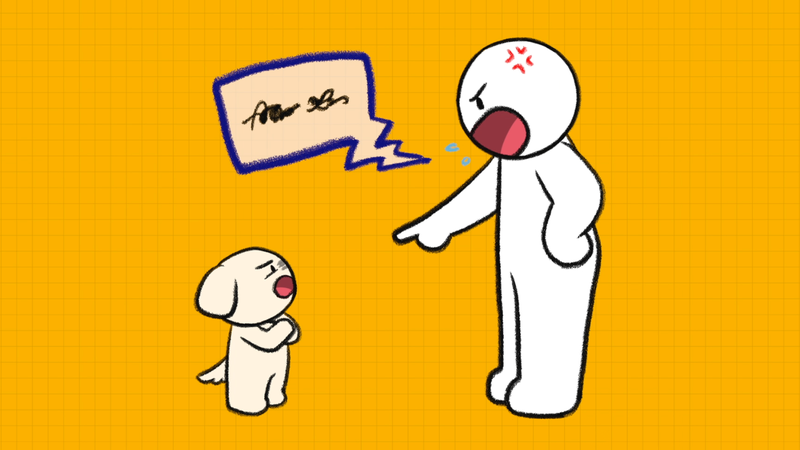
It can be frustrating if there seems to be no progress over time, but you should be patient. Remember that your dog is the one that’s stressed out the most and having a hard time. Also, scolding or punishing her may make the symptoms worsen.
No 3. Regular Exercise Routine
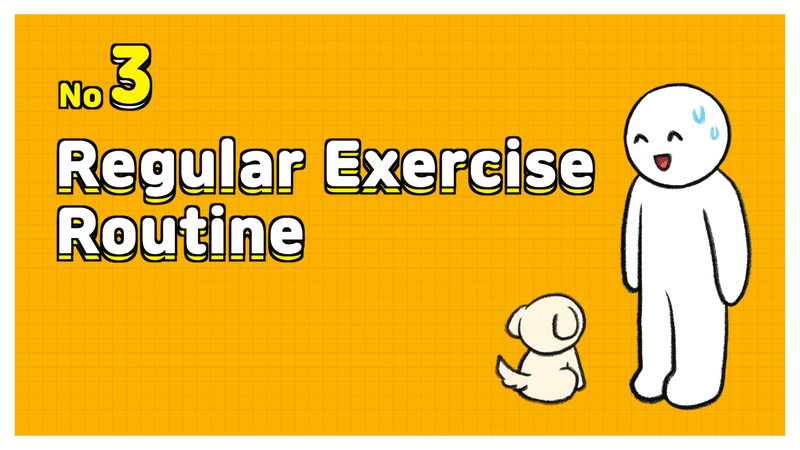
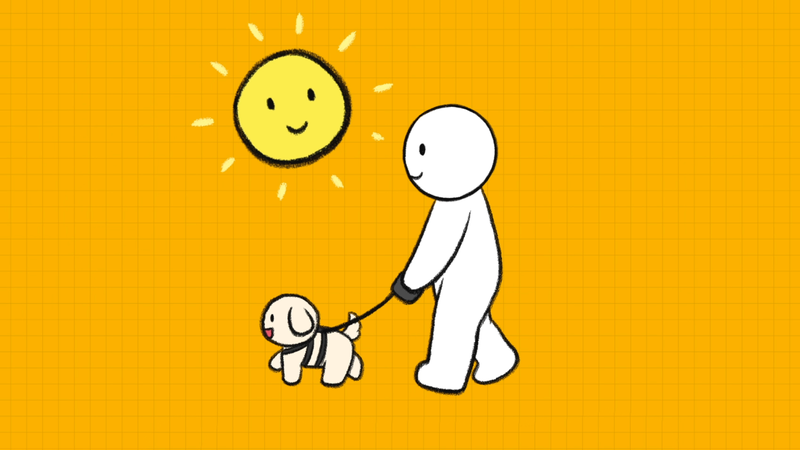
Walk your dog at least twice a day. If she exercises regularly, she may rest at home even when left alone.
No 4. Calming Products

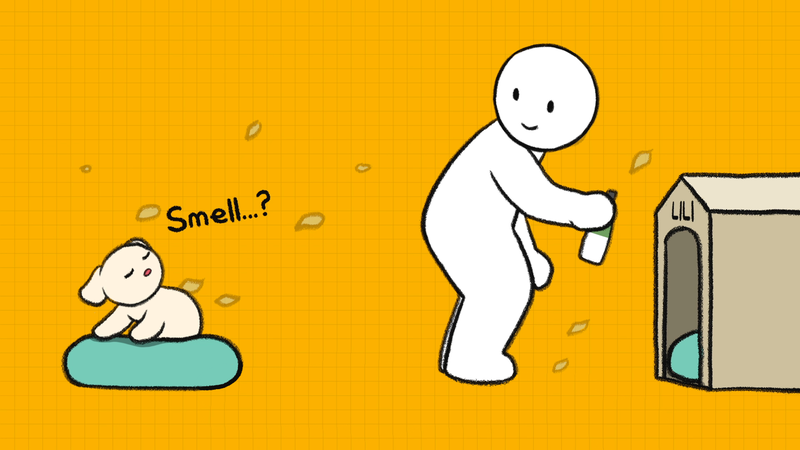
Calming products such as pheromones or herbal sprays may help your dog feel comfortable. However, it may not work for your dog, so test before purchase.
No 5. Medications
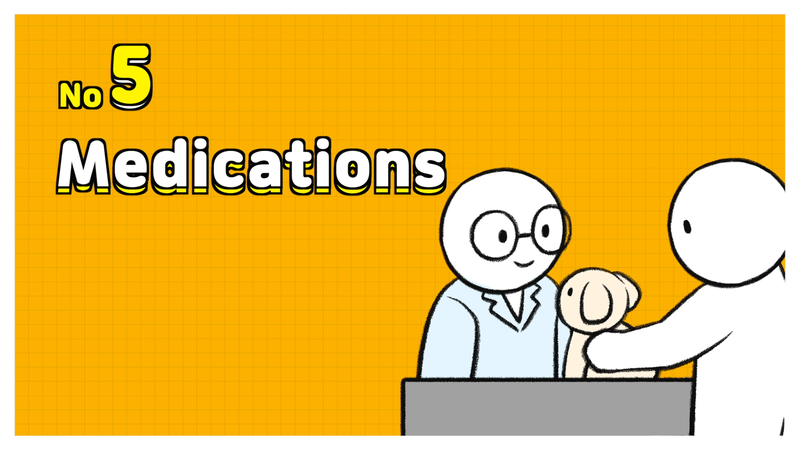

You can consider medication for your dog in severe cases upon a vet’s prescription. It may take several weeks for the treatment effect to appear.

The treatment may take longer than you think. Your dog will gradually realize that she is not anxious while left alone and build trust with you. So, be patient and think of the training as building trust with her rather than treatment.